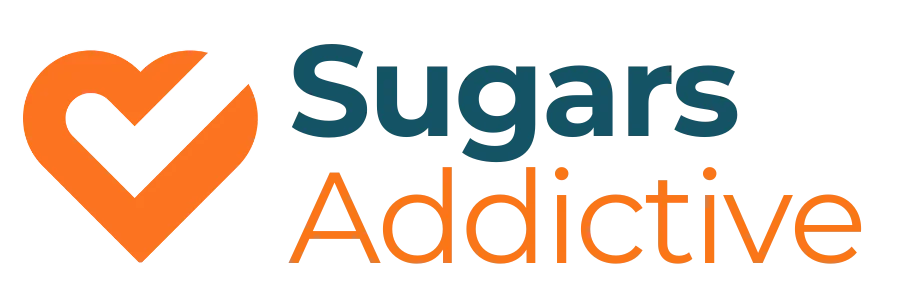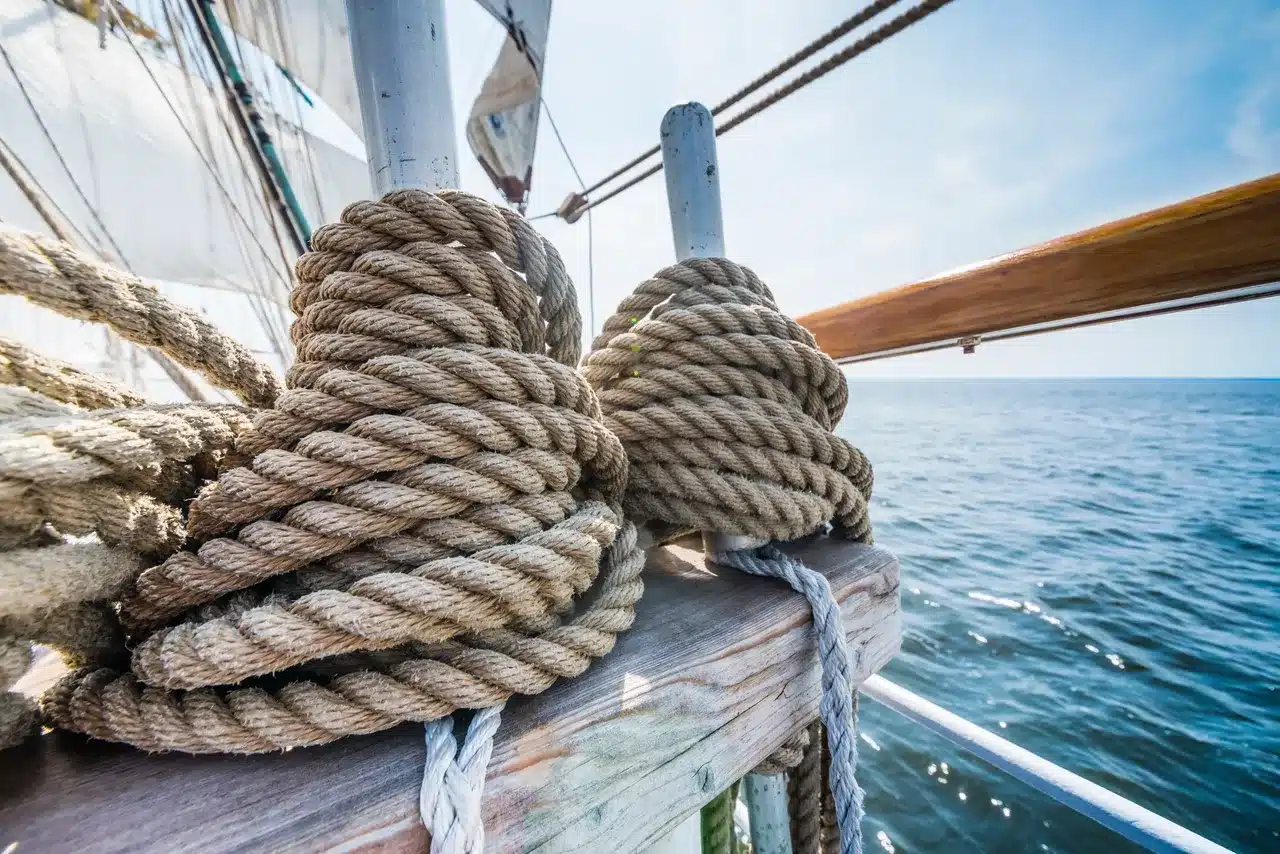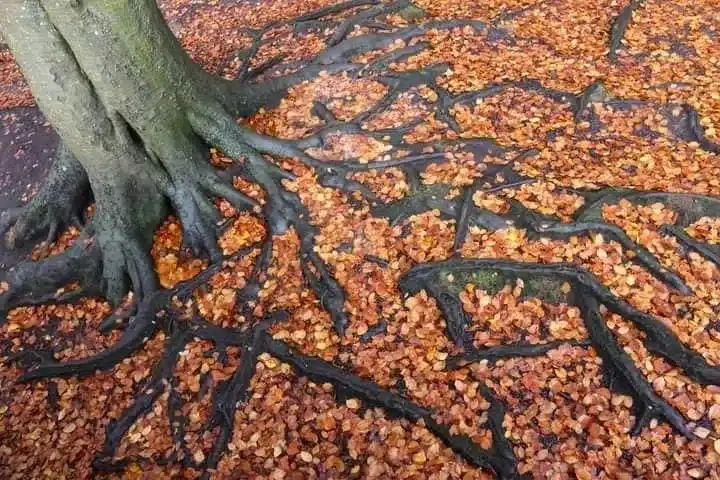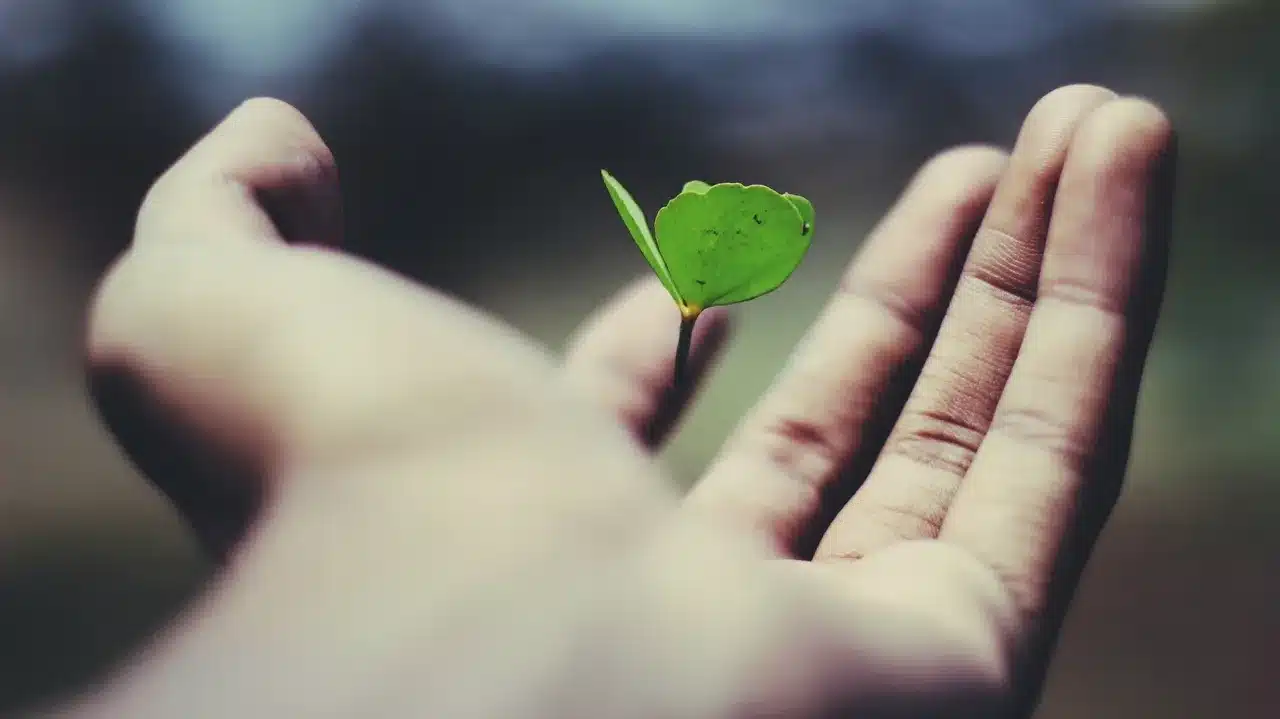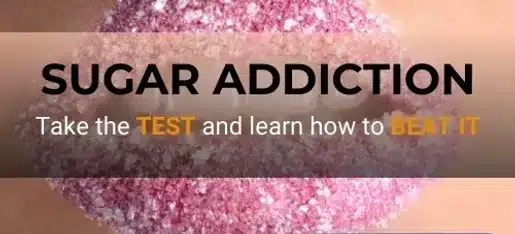Slips versus Relapse: understanding the difference in recovery.
In this article we offer a relapse definition and explore the meaning of relapse in sugar addiction relapse. We review the concept of being chronic relapse, how to break the cycle and reverse addiction relapse, and we share seven ways how to stay positive after a slip.
What is a relapse and the meaning of relapse in the context of recovery?
In simple terms, relapse is the return to use of our drug of choice after a period of abstinence. It is a common part of recovery particularly in the early part of recovery which can last anything from 1 – 5 years. It takes more than just “not using” to recover. In the space in between using and not using, that’s where we grow.
Relapse is a good indication that our recovery protection plan and support network require some attention. There is a myriad of reasons for relapse from stress to social triggers, cued food environments, people, smells, even physical discomfort. We have the disease of addiction, and our default position is to use.
Mindset is key. Relapse is not a failure but a huge opportunity to learn and re-adjust. Swedish Addiction expert Bitten Jonsson compares recovery to sailing a boat and explains that, where we are blown off course, we need only adjust our sails and course correct, course correct, course correct. Seeking guidance from a sugar addiction specialist and a support group can be crucial in managing that course correction and achieving long term recovery.
Is a slip a relapse?
Depends on who you speak to! Often the two are used interchangeably but there is a difference. A slip is an event, a single unintended use of your drug of choice. A relapse is a more conscious choice and a deliberate return to old behaviour.
Let me give you an example. We go to a birthday party. We have been careful to bookend our day with our capability buddy and to check in on arrival. And then it happens, we eat the thing we sought to avoid. It is a spontaneous event and confined to that celebration. We get straight back into our way of eating, talk about it with our capability buddy, share in our support group, journal it out and move on. This is a slip.
If however, we drive home and stop off at the local dessert bar, call in at the super market for supplies and then order take-out and make the conscious decision to continue over the next weeks, this then is relapse.
There is every opportunity for a slip to become relapse but that’s where our support networks are key. One does not necessarily lead to the other, but it is key that we learn to always remain on guard for those unguarded moments.
I keep relapsing.
Do you keep saying yes when you really mean no? This part gets messy. And painful. The key is learning how to break the cycle of chronic relapse. It can be done. But a relapse is an indication that you have made a conscious decision to abandon your recovery protection plan and return to your old ways. It is pre-meditated. There may be some banter around “fall from grace” or “turn for the worse” but there is a choice being made and we are doing it. No-one else and there may be some deception at play which we don’t always see.
Relapse is a process not an event. Relapse Prevention Expert Terence Gorski recognised a minimum of 11 key points where intervention can occur before we sit down and use our drug of choice.
That’s 11 different opportunities to make a different decision. It is important to work with a food addiction professional to help identify our early warning signs and keep us on track because there are key points in our recovery journey where we just need to find that higher ground. Remember, relapse is part of recovery and being caught in relapse is a new opportunity to dig deeper and heal further and faster than before.
Yes, but why am I so weak?
Slips are frightening and frighten the people around us but to call myself weak because I have slipped is worse. It shows a fundamental lack of understanding of the disease of addiction and everything that flows from that. Addiction is a physical disease. It is chronic and progressive. And like any other chronic disease, this disease has changed us. Over time we learn to manage our symptoms.
But who among us would call a friend who suffers with Rheumatoid Arthritis, weak when they cry over a pain flare-up in their joints? Addiction is not a matter of personal weakness, moral failing, or character flaw – it is a physical disease that happens to manifest in my brain. So please, don’t even go there.
Staying positive after a slip
Share what has happened. Acknowledge this was a mistake. Decide to re-commit to recovery. Write a list of the benefits of recovery versus the benefits of my drug of choice. Ask yourself: what was I hoping to find in my drug of choice that I could not find in my recovery. Complete a recovery inventory and identify those areas in your recovery that could use a little attention.
Talk to your recovery coach, sugar addiction specialist, sponsor, loved ones, support group to help guide you past this slip. Acknowledge any guilt you feel about the slip and understand that guilt is a feeling we can work on as opposed to the emotion of shame that rips peoples lives apart. Do not hang on to that. Shame tells me that I do not understand the disease of addiction fully enough to stop judging myself in these situations. It can be hard to express what has happened, but connection is protection, and these are the ones who will help us avoid slips in the future.
Day one or Day one?
Often people count their days of sobriety or abstinence. In the world of sugar and processed food addiction this seems somehow less important. It might motivate some to avoid slips and maintain their abstinence “run”. But for others the whole process is disheartening particularly if you accept that slips and relapses are part of recovery. For some it makes it harder to maintain abstinence. I think I fall into that latter category and avoid at all costs – how about you?
Conclusion
We hope this article has given you some food for thought around relapse, relapse prevention and protecting your recovery. With a clear understanding of what is a relapse you now have the tools for a sustainable recovery. Don’t forget your free downloadable recovery check-up grid to help you figure out your next step! Remember too that a mistake is an event not a person. Trim your sails, set your course and keep going.

“Twenty years from now you will be more disappointed by the things that you didn’t do than by the ones you did do. So throw off the bowlines. Sail away from the safe harbour. Catch the trade winds in your sails. Explore. Dream. Discover.”
H. Jackson Brown, Jr.
Over to you!
If you liked this article, please share.
Kate Oliver is SUGAR® Certified and Licensed to provide sugar and carbohydrate addiction diagnostic assessment. She is a trained GORSKI-CENAPS Relapse Prevention Therapy Specialist and is trained by Dr Georgia Ede in the Ketogenic Diet for Mental Health.
